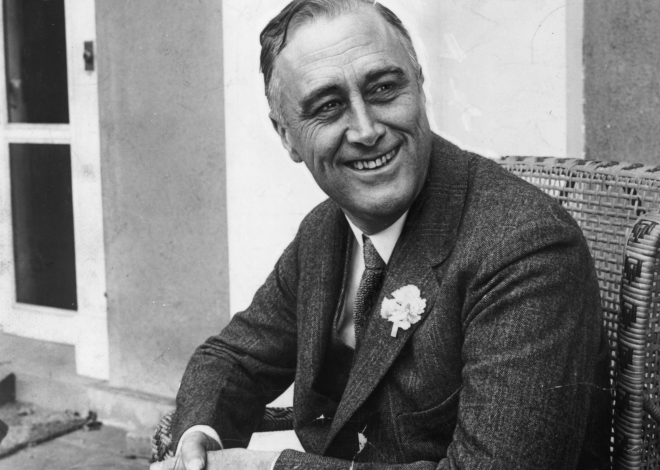
Alexis Tsipras
Alexis Tsipras is a Greek politician who served as the Prime Minister of Greece from 2015 to 2019. He is the leader of the left-wing political party Syriza (Coalition of the Radical Left).
Here is a detailed history of Alexis Tsipras:
Early Life and Education:
- Tsipras was born on July 28, 1974, in Athens, Greece. He grew up in a middle-class family and developed an interest in politics from a young age.
- He studied civil engineering at the National Technical University of Athens but did not complete his degree. Instead, he became involved in student activism and politics.
Political Activism:
- Tsipras was an active member of the Greek Communist Youth and later joined the Synaspismos Youth, the youth wing of the Synaspismos political party, a coalition of left-wing groups.
- He was elected as the president of the Synaspismos Youth in 1999 and gained recognition as a rising star within the Greek left.
Leadership of Syriza:
- In 2004, Alexis Tsipras became a member of the Central Committee of Synaspismos. Under his leadership, the party transformed into a broader left-wing coalition known as Syriza in 2004.
- Tsipras was elected as the leader of Syriza in 2008, and he aimed to unite various left-wing factions and create a viable alternative to the mainstream Greek political parties.
Opposition to Austerity Measures:
- Tsipras gained national and international attention during the Greek debt crisis, which began in the late 2000s. He strongly opposed the austerity measures imposed by the Greek government and international creditors.
- As the leader of the opposition, Tsipras led protests and strikes against austerity policies. He argued for renegotiating Greece’s debt and pushing for a fairer economic deal.
2015 General Election and Prime Ministership:
- In the general election of January 2015, Syriza emerged as the largest party, and Alexis Tsipras was appointed as the Prime Minister of Greece.
- His government continued to face intense negotiations with international creditors, including the European Union and the International Monetary Fund, over Greece’s debt and bailout terms.
Referendum and Resignation:
- In July 2015, Tsipras called for a referendum in which Greek citizens voted against accepting further austerity measures. However, this led to a period of economic and political uncertainty.
- Tsipras eventually agreed to a bailout deal with creditors but faced internal party dissent. In August 2015, he resigned as Prime Minister, triggering snap elections.
Second Term as Prime Minister:
- Tsipras’s party, Syriza, won the September 2015 elections, and he returned as Prime Minister.
- His second term saw the implementation of more austerity measures as part of the bailout agreement, which led to further domestic political challenges.
End of Prime Ministership:
- In July 2019, Tsipras’s government faced defeat in the general election, and the conservative New Democracy party, led by Kyriakos Mitsotakis, came to power.
- Tsipras continued to lead Syriza as the leader of the opposition.
Legacy:
- Tsipras is seen as a symbol of the Greek left-wing movement and a prominent figure in European politics during the Greek debt crisis.
- While his time as Prime Minister saw some economic stabilization, it was also marked by significant challenges, including negotiations with creditors and the implementation of austerity measures.
- Tsipras remains an influential political figure in Greece and continues to advocate for left-wing policies.
Tsipras’s political career is closely tied to Greece’s economic struggles during the debt crisis, and he remains an important figure in Greek politics, representing the left-wing alternative to mainstream political parties.







